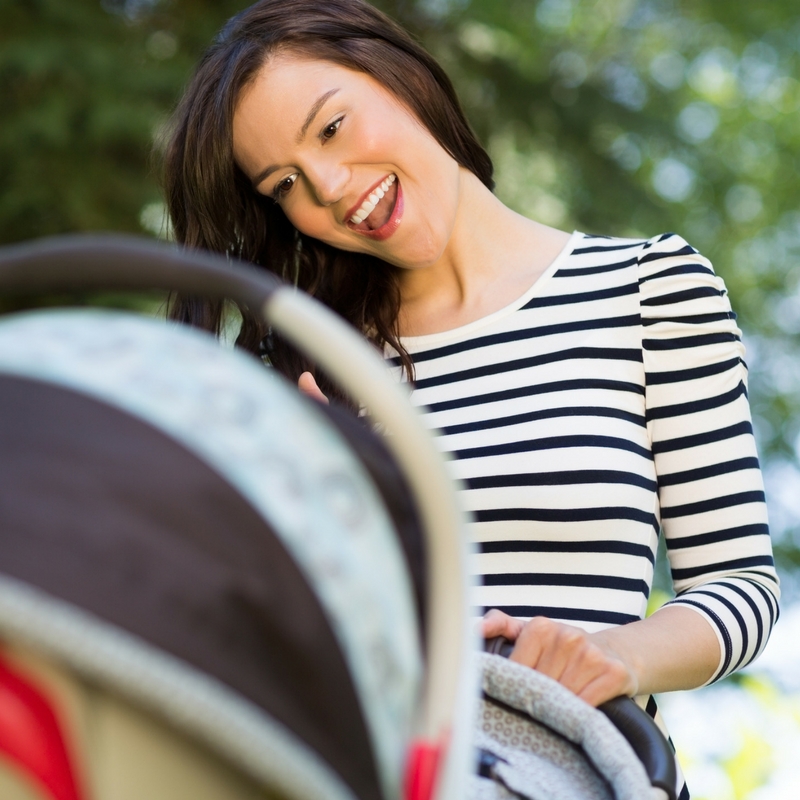One of our favorite foods to make for Postpartum clients is a hearty soup. This one checks all of the boxes for healing from birth, breastfeeding and Fall comfort foods. It’s packed with protein, fiber, and bone broth for hydration, with a little kick of spice because we are in Texas after all. To add a sweet treat for a family bringing their babies home this week, I also pulled out my favorite “Lactation Bites” recipe to deliver with their Meal Train Chicken Chili Soup.
The bulk of our evidence for well-known galactagogues (foods for lactation) is anecdotal, but we really like the idea of adding variety to your diet and incorporating protein wherever you can, even in desserts. If you have concerns about your milk supply, definitely reach out to your healthcare provider or an IBCLC. These treats are safe for everyone over the age of 1 to enjoy (it is not recommended to feed honey to infants under 1 due to the risk of bacteria that adults are better equipped to fight off), no lactation necessary ;)
If you are curious about Meal Trains or other ways to support friends and family as they welcome their bundles of joy home, reach out to one of our Postpartum Doulas for tips and tricks!
Jessie Fisher’s Chicken Chili Soup
3-4 Boneless Skinless Chicken Breasts, cut into 1” pieces
1 Medium Onion, chopped
1 Green Bell Pepper, seeded and diced
1 tsp Garlic Powder
2 T Cumin
2 T Chili Powder
2 Cans Diced Tomatoes (with green chilis if you want some spice), undrained
3-6 Cups Chicken Stock (homemade bone broth is best)*
16oz Bag of Frozen Sweet Corn
2 Yellow Squash chopped
2 Zucchini chopped
2 Cans Kidney Beans drained and rinsed
2 Cans Ranch Style Beans
Spray a skillet with cooking spray and brown the chicken pieces- they don’t have to cook all the way through, but should be completely browned on the outside. Once browned, transfer to a stock pot with the onion, bell pepper, seasonings, diced tomatoes and chicken stock. Bring to a boil, then simmer for one hour.
Add the frozen corn and bring back to a simmer for another hour.
Add the squash and zucchini and bring to a boil for ten minutes. Add the beans and simmer long enough to heat them.
Serve with cornbread, avocado or taco toppings.
*I like to use a rotisserie chicken and vegetables to make an all day pot of bone broth on Sundays. The chicken meat goes into soup or casseroles and I use the bones and vegetable scraps from carrots, celery and onion I keep in the freezer to add to water, salt, garlic and other spices for broth.
“Lactation Bites”
2 Cups Old Fashioned Oats
½ Cup Ground or Milled Flaxseed
3 T Brewer’s Yeast
1 Cup Peanut Butter or Almond Butter
½ Cup Raw Local Honey
1 t Vanilla
½ Cup Dark or Semisweet Chocolate Chips
Mix all ingredients together, in order, in a large mixing bowl with a wooden spoon (it might help to spray the spoon with cooking spray). Wear food prep gloves to form the mixture into small balls. Set in the fridge to firm up on a parchment paper-lined baking sheet or in an airtight container. Store in the refrigerator for up to 1-2 weeks.



